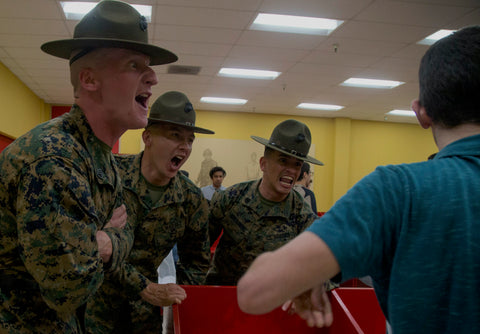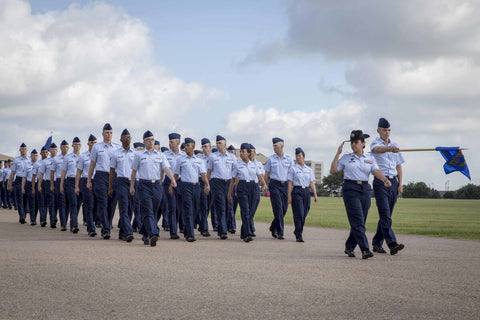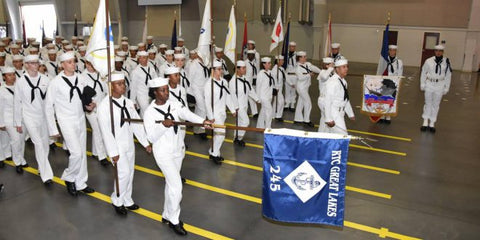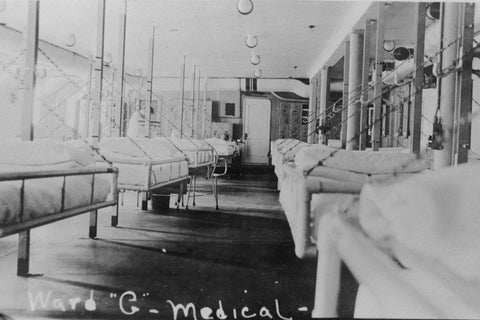How to Replace Lost Military Medals
I’m a military retiree, so I belong to many online social media groups for veterans, retirees and for the components and branches that I served in while in uniform. At least a few times per week, I see misinformation unintentionally being spread by uninformed individuals about how to get military medals replaced, so I’m hoping I can help clear the air with this post.
For me it started when a family member of a deceased veteran asked the question in a veteran forum, “How to get military medals replaced?” The advice began to flow from veterans eager to help. I have read posts from individuals who claim to be retired service members. They state, incorrectly, that you can get a no-cost shadowbox from the U.S. Department of Veterans Affairs (VA) with all your medals mounted. I have also seen posts in veterans’ forums online where people state that the VA will send you awards and certificates, including mini-medals and ribbons if you ask, and that the National Personnel Records Center (NPRC) also issues service medals. Well, not exactly.
Here are the facts about requesting replacement medals for veterans or replacement war service medals. Hopefully it answers the question, how to get military medals replaced?
Veterans and families of veterans (next of kin) can get replacement medals from the U.S. government. A veteran or family member must complete Standard Form 180, Request Pertaining to Military Records. The form is found on the VA website. You can also complete the form electronically, but you must print it and mail it in, and that’s possible here.
Providing replacement military medals to military veterans or their next of kin is a function of each branch of service. A requesting veteran can receive a full-sized issued set of each medal at no cost. Next of kin are possibly eligible for a no cost set, but whether or not a requestor gets charged depends on whether or not the servicemember’s record is kept in the archival records and if the requestor is the veteran’s immediate next of kin.
The military branch (U.S. Army, U.S. Navy, U.S. Air Force, U.S. Coast Guard and U.S. Marine Corps) will supply the requestor with one boxed set for each medal that is in the servicemember’s personnel records. Therefore, if you are requesting your grandfather’s Commendation Medal, and it is not listed in his personnel file, you have to file a correction for military records in order to get it sent to you. You can get more information about doing that here.
The services will send the requestor a government issue medal set in a cardboard or plastic box. Meaning, shadow boxes, ribbon racks and mini medals are not provided. They will mail a requestor a set that usually includes a single ribbon and the medal. Some awards have a ribbon, medal and lapel pin. Remember, each military department manages its own medal requests so requests for the issuance or replacement of military medals and decorations must be directed to the specific branch of the military in which the veteran served. SF 180 has addresses on where to send the request. It should be noted that requests for Army and Air Force (including Army Air Corps) personnel, NPRC will verify the awards to which a veteran is entitled and forward the request along with the records verification to the appropriate service department for issuance of the medals.

Requests must include the veteran’s full name, branch of service, service number or social security number, as well as the veteran’s dates of military service. The request must be signed by the veteran or next of kin if the veteran is dead. Separation documents like DD Form 214s streamline the process. Requestors who lack discharge or separation documents may obtain copies by visiting the VA portal or by completing forms found here and mailing or faxing them to NPRC. A requestor can also write NPRC and state that copies of discharge documents are needed. NPRC can be reached at: National Personnel Records Center, Military Personnel Records, One Archives Drive, St. Louis, MO 63138- 1002. The SF 180 can be used.
In accordance with 10 U.S. Code, all medals are presented at no cost to an awardee, but replacement service medals are issued on a one-time basis and without charge to the recipient of the military decoration or the immediate primary next of kin of a deceased recipient.
How to get military medals replaced from a war? According to the Army, issue or replacement of service medals and service ribbons preceding the World War I Victory Medal is no longer possible, but all other wars are available for request. The WWI awards are no longer available from the supply system, but may be purchased. The services also have instructions on how to get a replacement Purple Heart medal, but the procedures are similar to other awards. The more documentation a requestor has, the better the chances of getting the request fulfilled.
The key for veterans to remember is that the U.S. government will send you replacement military medals. Family members asking how to get military medals replaced who are listed as primary next of kin of deceased veterans can get them too, but they will be sent in individual boxes. If you’re trying to organize your military service for display or assembling something for a family member, you will still have to mount ribbons on racks, figure out the award precedence and mount medals to a shadow box, in addition to finding other items you want displayed.
For some people, waiting several weeks or months for the U.S. government to send medals is acceptable. For others who might be on a timeline or are less patient, ordering a shadowbox online is the way to go. It all depends on your needs. Also, for families who are inexperienced with military awards, ordering online is easy and the awards your loved ones earned are professionally mounted and sent to you ready to hang in a shadowbox. There are no forms to fill out, no records to retrieve, nothing to mail or fax. The shadowbox is prepared and shipped in days without the bureaucracy.
Opting to go the government route will cost you time. How much time depends on how much information you gather and how strong your request is. If you have records at the ready, the government route might be good for you, but then you will have to mount them yourself in a shadowbox, unless you mail the items to a vendor like USAMM and have them do it for you.
The bottom line is that with effort and a lot of patience, a person can request U.S. Navy replacement medals, U.S. Army replacement medals, U.S. Air Force replacement medals, U.S. Coast Guard replacement medals, and U.S. Marine Corps replacement medals. And eventually, as they develop their own awards, U.S. Space Force will fill awards requests.
Hopefully this answers the question, how to get military medals replaced? If you have any additional information to help our veterans and their families on this topic, or I missed something, please post a comment.





